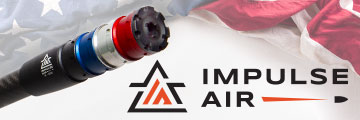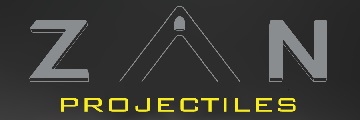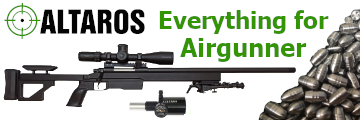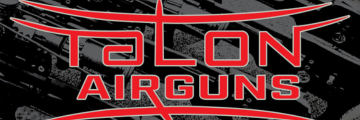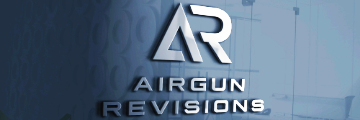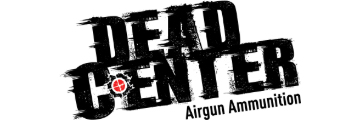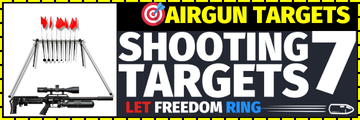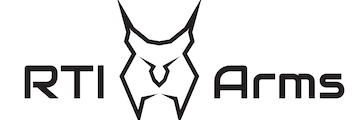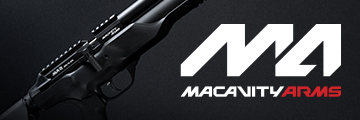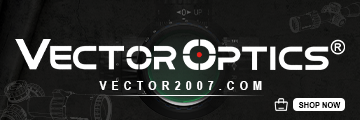First focal plane or second
The big advantage of FFP is the value of the markings on the reticle do not change with magnification change. The big disadvantage, which is directly tied to the advantage, is the size of the reticle changes with changes in magnification. If the reticle is fine (like my Arken 6-24) it becomes almost invisible at the lowest power of the scope (6X in my example).
The big advantages of SFP are mechanical simplicity and the size of the reticle does not change with power changes. It's disadvantage is the size of the markings on the reticle are a function of the magnification and only match the mil or moa marks at one magnification. The reticle of the SFP does not move when you change power so it is a bit simpler.
I mainly shoot targets (paper) but like to be able to pest with the same gun and scope. When pesting I use 6X mostly because I want to be able to find the target quickly. If I cannot see the reticle well at 6X it requires me to use higher magnification making finding targets take more time. So the scope becomes less useful to me.
It is also possible to have a thicker reticle FFP where the reticle remains visible. My Primary Air 4-14 is that way. But that sort of reticle is not great for shooting paper targets (but I did shoot a 198 on the 30 yard challenge with the PA 4-14 but I could not see the aim point, I had to just center the reticle on the target).
Because of my desire to use both extremes of the magnification range of the scope I prefer SFP scopes. I sight most of my guns in at 30 yards so I only have to hold over at under 20 yards and over 35 yards. When I hold over I usually estimate the hold over based upon the size of the target. The head of a squirrel is about 2 inches in diameter, for instance. So if I need 1 inch of hold over that is about half the diameter of the squirrel head. Holding on the top edge should hit right in the middle of the head. I also usually put stickers on the inside of the occular lens cover with tick marks of holdover. For SFP scopes I do it at 6X and another higher power. So I can still use the reticle marks at a couple pre determined magnifications.
They both work, clearly, it is just how you see the trade offs.
The big advantages of SFP are mechanical simplicity and the size of the reticle does not change with power changes. It's disadvantage is the size of the markings on the reticle are a function of the magnification and only match the mil or moa marks at one magnification. The reticle of the SFP does not move when you change power so it is a bit simpler.
I mainly shoot targets (paper) but like to be able to pest with the same gun and scope. When pesting I use 6X mostly because I want to be able to find the target quickly. If I cannot see the reticle well at 6X it requires me to use higher magnification making finding targets take more time. So the scope becomes less useful to me.
It is also possible to have a thicker reticle FFP where the reticle remains visible. My Primary Air 4-14 is that way. But that sort of reticle is not great for shooting paper targets (but I did shoot a 198 on the 30 yard challenge with the PA 4-14 but I could not see the aim point, I had to just center the reticle on the target).
Because of my desire to use both extremes of the magnification range of the scope I prefer SFP scopes. I sight most of my guns in at 30 yards so I only have to hold over at under 20 yards and over 35 yards. When I hold over I usually estimate the hold over based upon the size of the target. The head of a squirrel is about 2 inches in diameter, for instance. So if I need 1 inch of hold over that is about half the diameter of the squirrel head. Holding on the top edge should hit right in the middle of the head. I also usually put stickers on the inside of the occular lens cover with tick marks of holdover. For SFP scopes I do it at 6X and another higher power. So I can still use the reticle marks at a couple pre determined magnifications.
They both work, clearly, it is just how you see the trade offs.
Upvote 0























